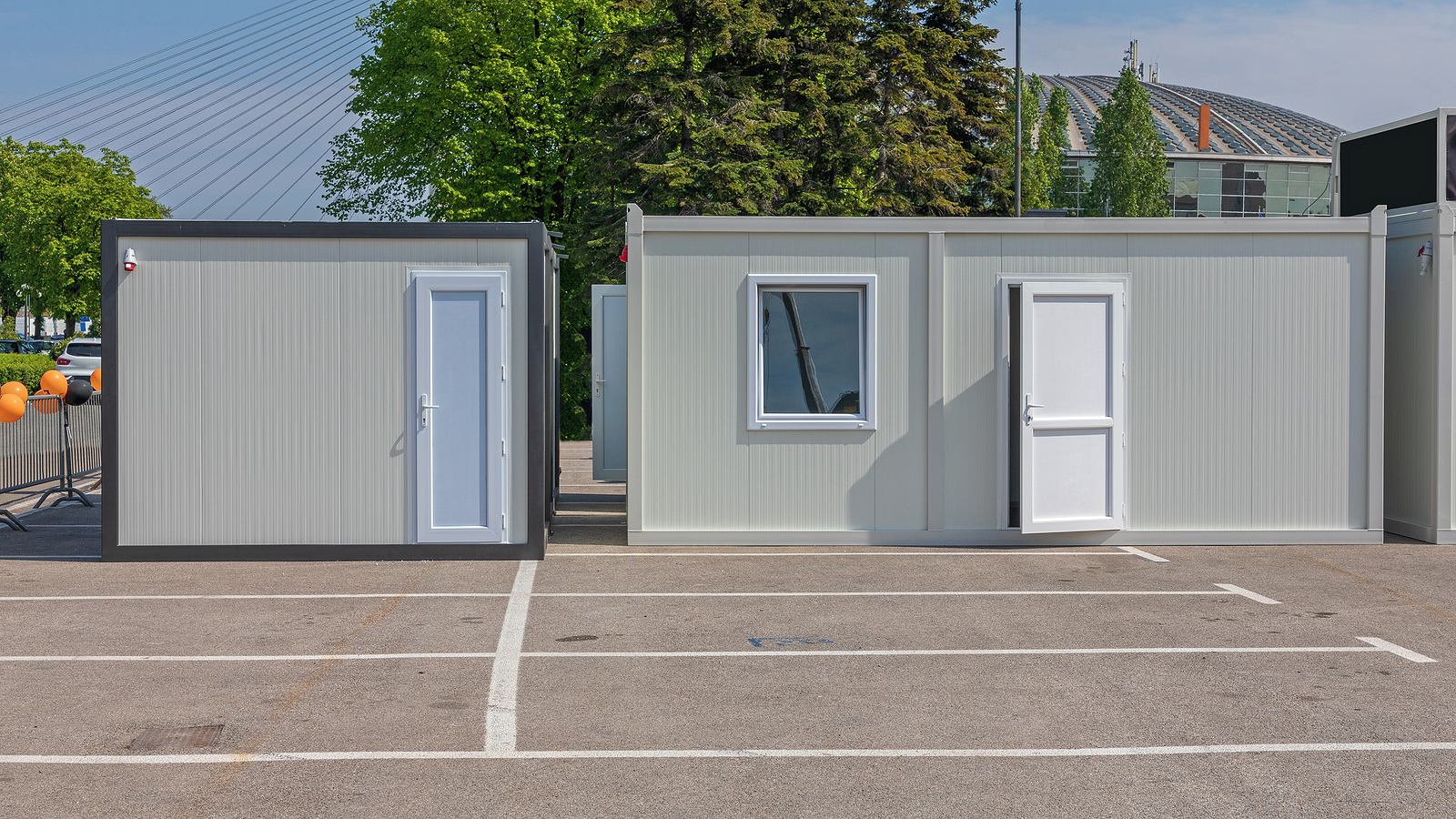Few things are more versatile than converted shipping containers. Having spent a working lifetime being used to transport all sorts of goods around the world, they can be transformed into all manner of useful spaces.
Some can be used simply for storage, some can be modified as retail outlets, but perhaps the most practical use is to turn them into homes.
This technique has been used by self-builders and the size of the property can depend on a couple of factors, one being the size of the container or containers used, while the other is the number deployed.
An example of what can be done at the smaller end of the scale has just made a few headlines in Britain, with a single container being remodelled to produce a tiny house that still manages to fit in a bedroom, bathroom and open plan living space.
The property, which is up for sale at a knock-down price of just £30,000, was designed by Cabin Depot, a firm based in Chichester.
Despite its diminutive size, the home still has the creature comforts you would expect, such as plumbing and electricity, so there is no reason why someone couldn’t live in it. The size may be small, but many folk live in studio flats that are no bigger and often smaller – and if they buy them the cost is likely to be much higher.
Indeed, a first-time buyer may be very excited by the affordability of such a property. A recent study by Telegraph Money revealed that at present, the cheapest average price for first-time buyers is to be found in Aberdeen at £102,000, while fellow Scottish city Dundee and eight northern English cities made the rest of the top ten.
To that may be added the fact that, apart from Bradford with its population of around 550,000, all the cities were small or medium-sized. If a £30,000 home of any sort became available in Edinburgh or Manchester, let alone in London, it would represent extraordinary value.
Could it be that developing more homes this way could offer a solution to the housing crisis? Unfortunately, the answer is no in terms of what the population as a whole needs.
The current government had aimed to achieve the construction of 300,000 homes a year by now and no doubt similar pledges will be made by all parties when their general election manifestos. There won’t be 300,000 used shipping containers to set aside for this purpose.
Moreover, while shipping container homes can be much larger than the one made in Chichester, using several containers together, the skills to do so are rare. Yet such larger homes will be needed to meet the requirements for more family dwellings.
However, what could be done is that self-builders and a few niche developers may find this to be a solution, which could at least add to the supply of new homes, supplementing the conventional bricks-and-mortar properties being constructed around the country.
Therefore, some may find it does at least provide a solution for them, even if not for the whole country.

